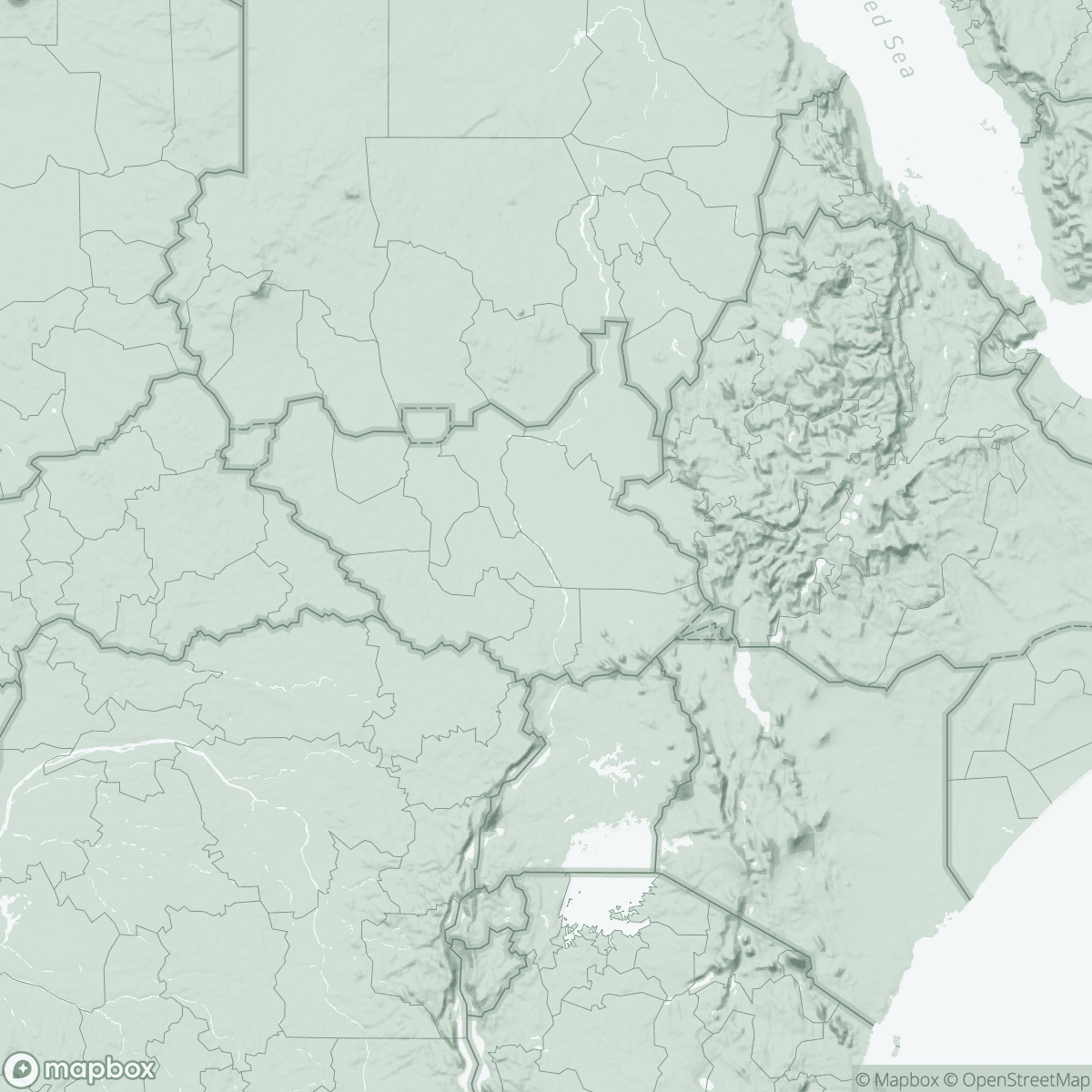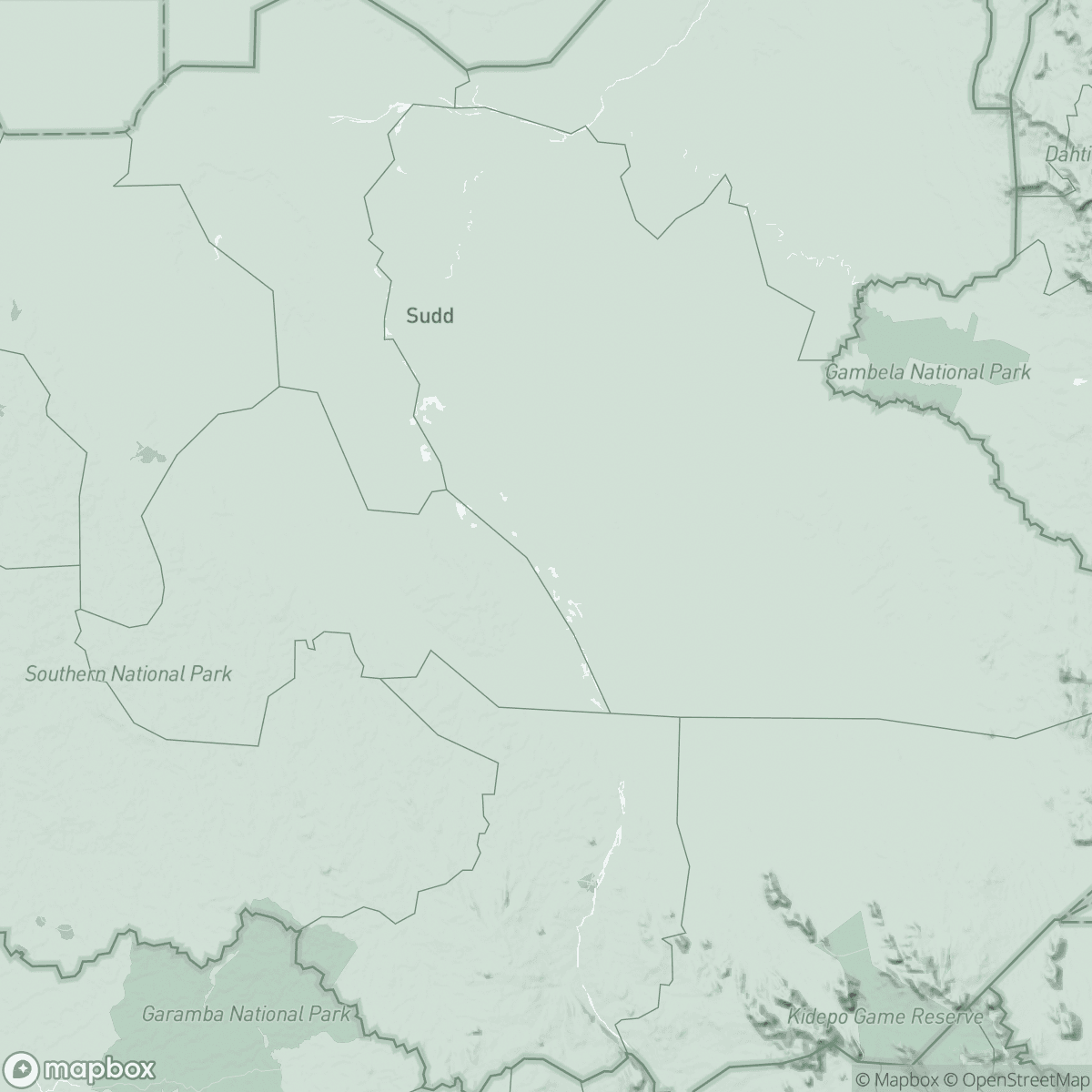
Life on the levee: Extreme flooding in Old Fangak
In 1 click, help us spread this information :
South Sudan is currently facing one of its worst floods of recent decades. In Old Fangak, where teams from Médecins Sans Frontières/Doctors Without Borders (MSF) are working, only mud dykes protect the town's thousands of inhabitants from submersion.
« The recurrent floods in South Sudan are a clear sign of the fragility of an environment stressed by the climate change. These events constitute an additional risk factor, in a context already disrupted by poverty and conflicts. The local populations are confronted by a multiplicity of vulnerabilities, and their efforts to cope with them is enormous. Several research show how humanitarian organization such as MSF can partner with local communities, providing specific support as for example mobile clinics able to move according to the dynamics of the floods and to follow the population. Moreover, MSF can put in place a monitoring system to alert on the incoming flooding and prepare the response: those are anticipatory actions that can mitigate the impact of the disaster and better prepare the organizations and communities”
Umberto Pellecchia, Senior Advisor in Qualitative Research at the Centre for Operational Research of MSf Luxembourg (LuxOR)
Located in a remote part of northern South Sudan, Old Fangak is situated in the Sudd marshes, one of the largest wetlands in the world. Covering up to 90,000 km², this vast network of rivers, swamps and floodplains borders the White Nile, which originates in Lake Victoria, Uganda.

In May 2024, the South Sudanese government alerted the international community about the risk of exceptional floods in the months ahead. Since July, water levels have increased by an average of 1cm per day in Old Fangak, surpassing those of 2021/2022.
Over the past months, the town has taken in more than 6,000 displaced people from nearby villages affected by flooding. By August, most villages surrounding the town were under water, forcing residents to evacuate to safe places such as Old Fangak, New Fangak, Tongal and Malakal.
Despite a ceasefire and a power-sharing agreement which came into effect in February 2020, armed clashes continue in several regions of the country. Two years after South Sudan's independence in 2011, a war broke out between the two groups then sharing power. The rivalry between President Salva Kiir and Vice-President Riek Machar plunged the country into war and revived ethnic tensions between the Dinkas – President Kiir's ethnic group and the largest community in the country – and the Nuers, the group to which Riek Machar belonged.
MSF teams have worked in the area since 2014, when they first began supporting Old Fangak hospital. Since then, MSF has expanded its operations and now also runs mobile clinics by speedboat for communities living along the Phow River and the White Nile. Despite severe flooding around the town, Old Fangak hospital remains operational, with MSF teams continuing to treat patients primarily for malnutrition, malaria, and waterborne diseases.
Between January and August 2024, MSF teams in Fangak county have vaccinated more than 12,500 women against hepatitis E, an infectious disease which has affected people in South Sudan for several years, particularly in the states of Jonglei, Warrap, Unity and Western Bahr El Ghazal. "In the short term, flooding leads to a risk of pneumonia, bacterial skin infections, diarrhoeal diseases, cholera and hepatitis A and E," explains Léo Tremblay, head of MSF’s Humanitarian Action on Climate and Environment (HACE) unit. Previous outbreaks of hepatitis E in the region in 1988, 2004 and 2012/13 were all associated with flooding and displacement.
"Floods have an ongoing impact on access to healthcare, and lead to delays in the diagnosis and treatment of non-communicable diseases, such as diabetes and hypertension," continues Tremblay. In the longer term, heavy rains and flooding can lead to an increase in mosquito numbers and a heightened risk of increased vector-borne diseases such as dengue fever, malaria and yellow fever. They also increase people’s exposure to chronic health risks such as schistosomiasis, a disease caused by parasitic worms.
“We are seeing the cumulative effect of the floods of recent years,” explains Mamman Mustapha, MSF's head of mission in South Sudan. “People in this area have been displaced several times since 2022 and arable land has been reduced, as have the food rations provided by the WFP. Communities are constantly having to move to a new location, not knowing if they will be able to harvest what they have been able to sow.”

The Sudd, one of the largest wetlands in the world
From a hydrological perspective, flooding is part of the Sudd's ecosystem. It fills with water during the wet season and partially empties into the river during the dry season. While the Sudd’s flooded area is around 30,000 km², this can reach 130,000 km² at its peak, similar to the size of Greece. Flooding can increase the water surface area for several years at a time, reducing the land available for grazing, cultivation and housing, and leading to tensions between local communities, including the Dinka, Nuer, Anuak and Shilluk.
Previous floods have caused displacements, damage to roads and public infrastructure and difficulties in accessing healthcare. Food reserves, livestock and arable land have been destroyed on a scale not seen before by community elders. Between May and September 2021, more than 174,000 people were displaced by these floods in Jonglei state. That time, Fangak and Ayod counties were hardest hit. MSF launched an emergency response, providing medical care and vaccinations and distributing essential relief items to communities in the region.
"When it happened for the first time, you were not even born," says John Yuot Ruot, from Wangchoat village in Jonglei state. "Our parents used piles of grass and branches to protect themselves from the water and stay dry. It was devastating. Then we started building dykes to protect the village."
Many villages previously accessible by foot have become isolated islands which can now only be reached by boat. To protect themselves from the floodwaters, many communities build mud dykes – mud being the only material available to them.
Extreme flooding and climate change
South Sudan is currently considered both the country most vulnerable to climate change,[1] and the country with the least capacity to manage and adapt to its consequences. Over the past 30 years, South Sudan has experienced some of the world’s fastest rates of global warming, with temperatures rising up to 0.53°C per decade;[2] across large parts of the country, temperatures have increased by more than 1°C.
South Sudan is also affected by El Niño and the Indian Ocean Dipole, two weather phenomena that frequently coexist in the tropics, leading to significant changes in climate on both a regional and global scale. Long-term climate projections[3] forecast more precipitation in some regions of South Sudan and upstream of the Lake Victoria basin.
In March 2024, South Sudan experienced extremely high temperatures countrywide as part of a larger heat wave that affected East Africa. Temperatures reached 45°C in some regions, leading to the closure of schools and businesses and to travel restrictions in some areas.
"After long periods of drought, the soil becomes even drier, harder, and less permeable, leading to increased runoff and decreased soil absorption, which in turn exacerbates the risk of flooding," explains Tremblay.
According to the Centre for Research on the Epidemiology of Disasters, the frequency of natural disasters of hydrological origin (floods, landslides, mudflows etc) has doubled over the past 20 years. "People living in Old Fangak and more generally in the Sudd region are among those who have contributed least to climate change but are suffering its worst consequences," says Mustapha. "As such, they should be prioritised and directly compensated through the Loss and Damage fund currently being set up, or through any other mechanism."
An underfunded humanitarian response
Humanitarian needs, particularly those related to nutrition and health, continue to grow across the country, yet further funding cuts are expected this year. As of September 2024, the Humanitarian Response Plan for South Sudan was only half-funded, while that of 2023 was funded at just 56 per cent.
"Malnutrition rates in South Sudan are among the highest in the world and, without additional funding, vital interventions for children and mothers suffering from malnutrition are threatened," warns Yusra Shariff, MSF humanitarian affairs coordinator in Juba. Due to decreased funding, the WFP, for example, can only provide half food rations in certain areas and is forced to prioritise the most vulnerable people. This neglects those with less severe health conditions, with the risk that their health may get worse.
“People in Old Fangak still need more material to reinforce the dykes, such as wooden poles and ropes", says Mustapha. “Our outreach teams have also been seeing worrying signs of malnutrition among children in the surrounding villages. A significant increase in humanitarian funding for food and nutrition programs is crucial to sustain access to food amidst ongoing displacement and economic challenges.”

According to the UN, 735,000 people are currently affected by flooding across nearly half of South Sudan's 79 counties. Water levels are expected to reach their peak in October.



